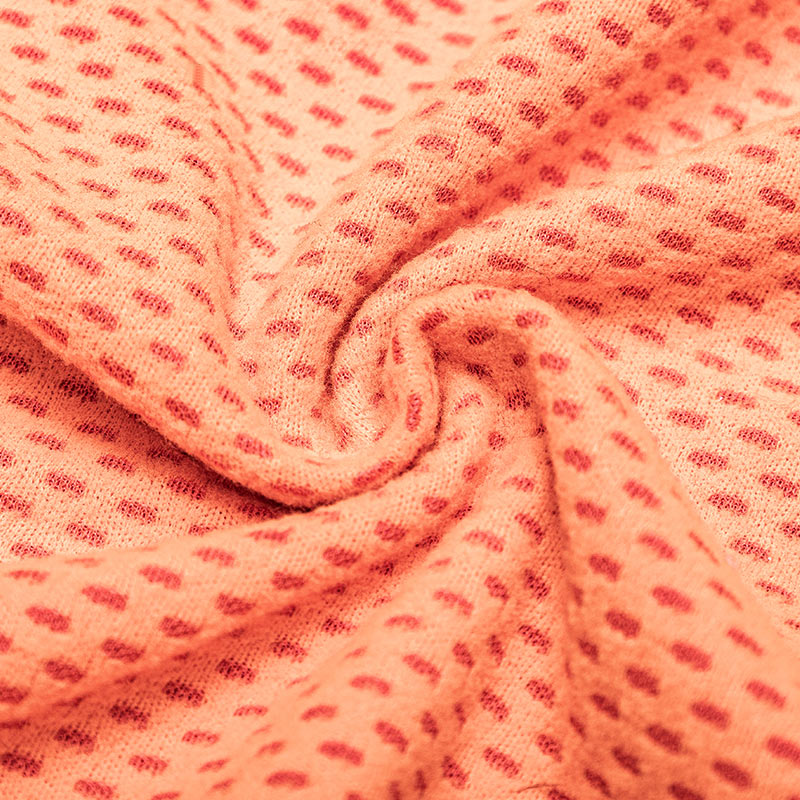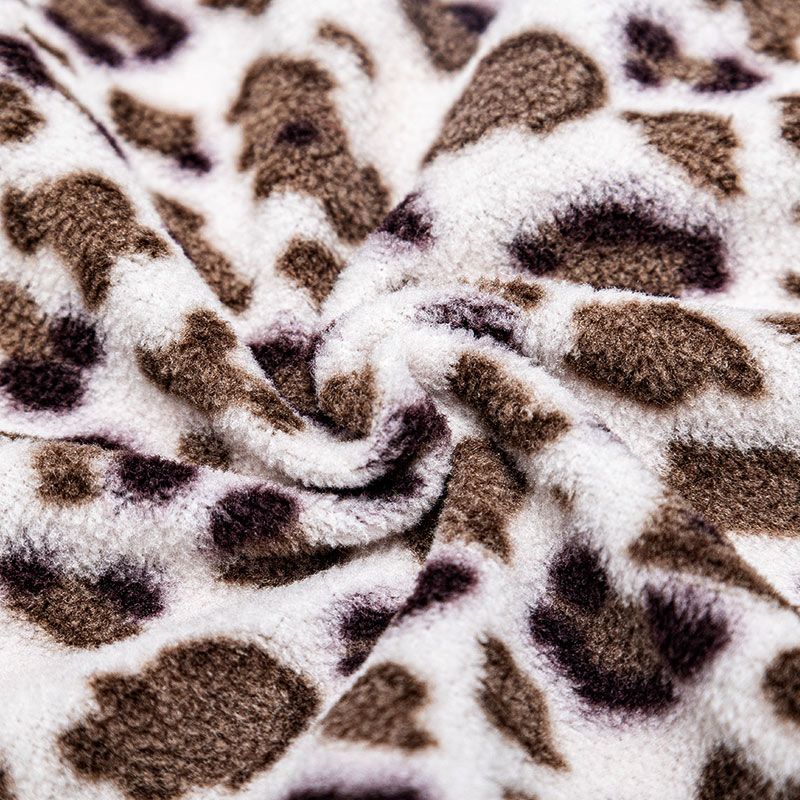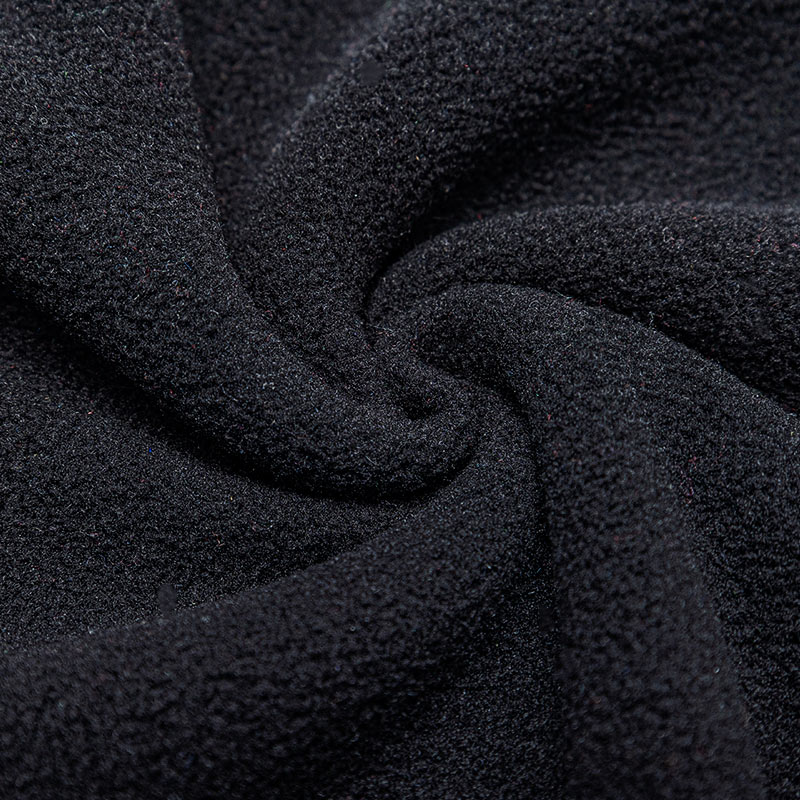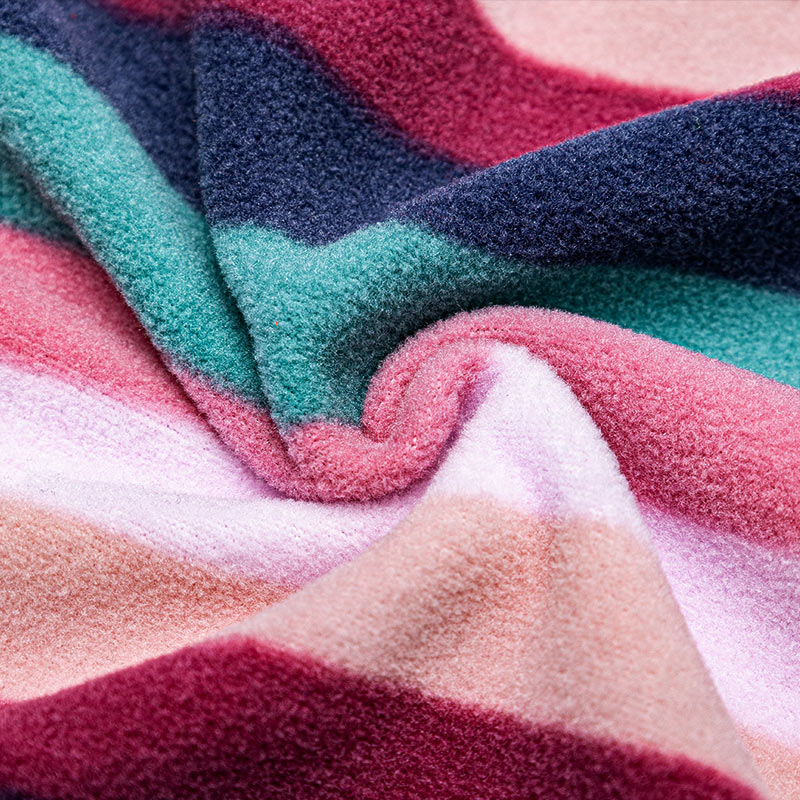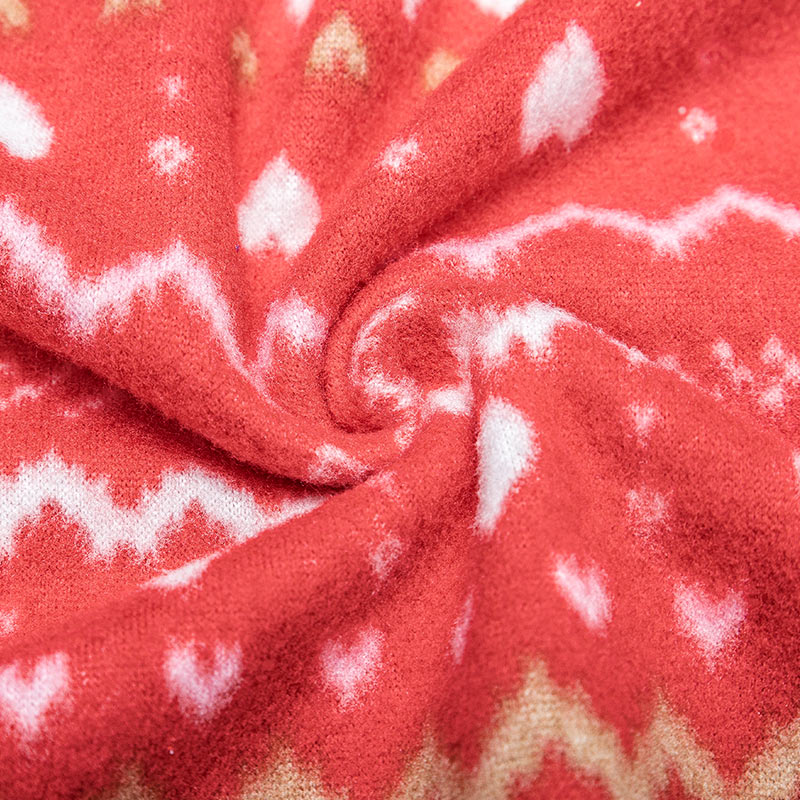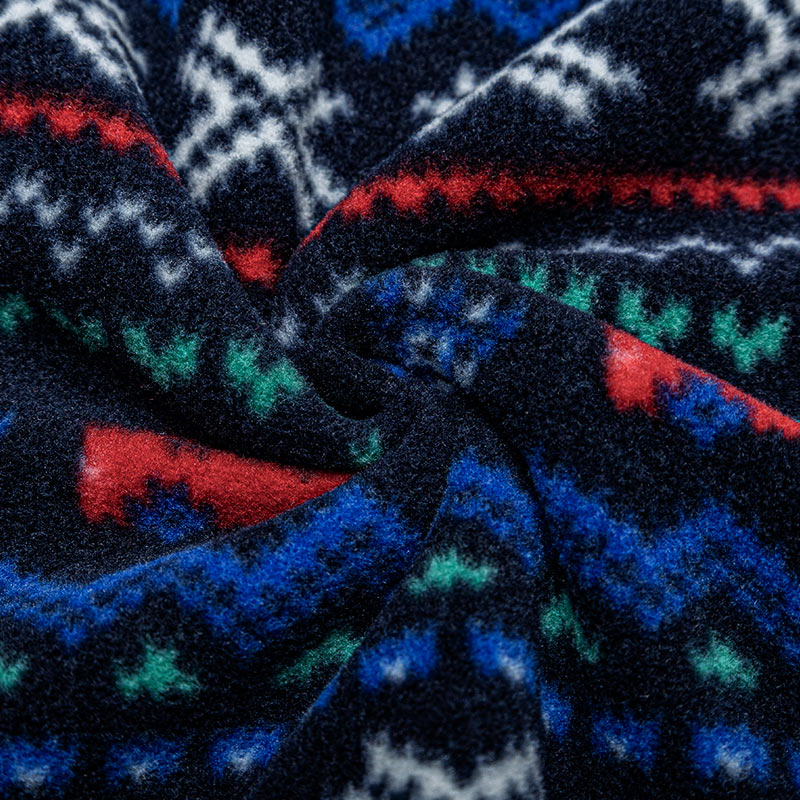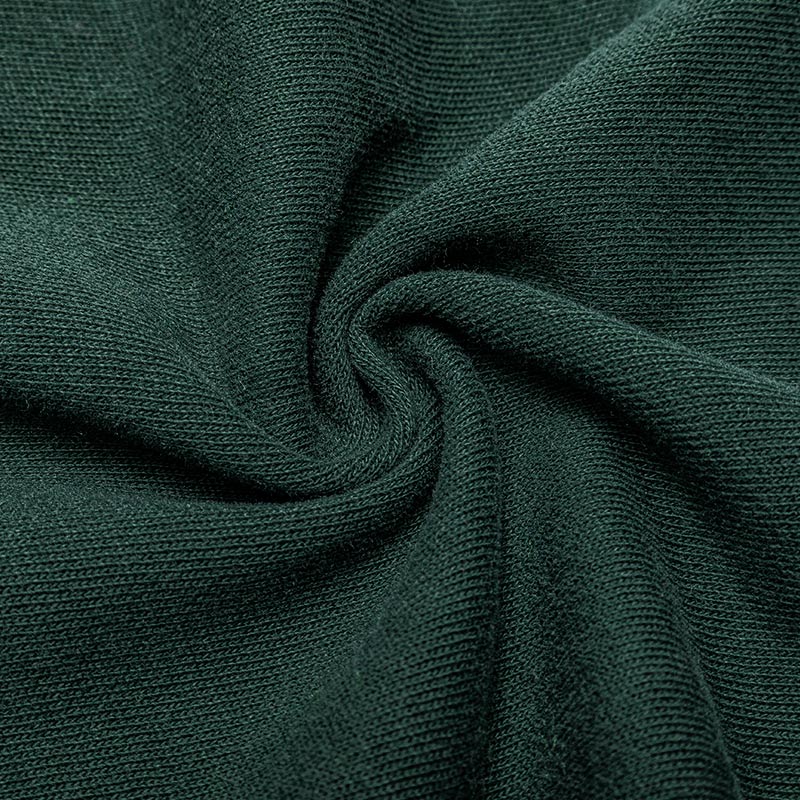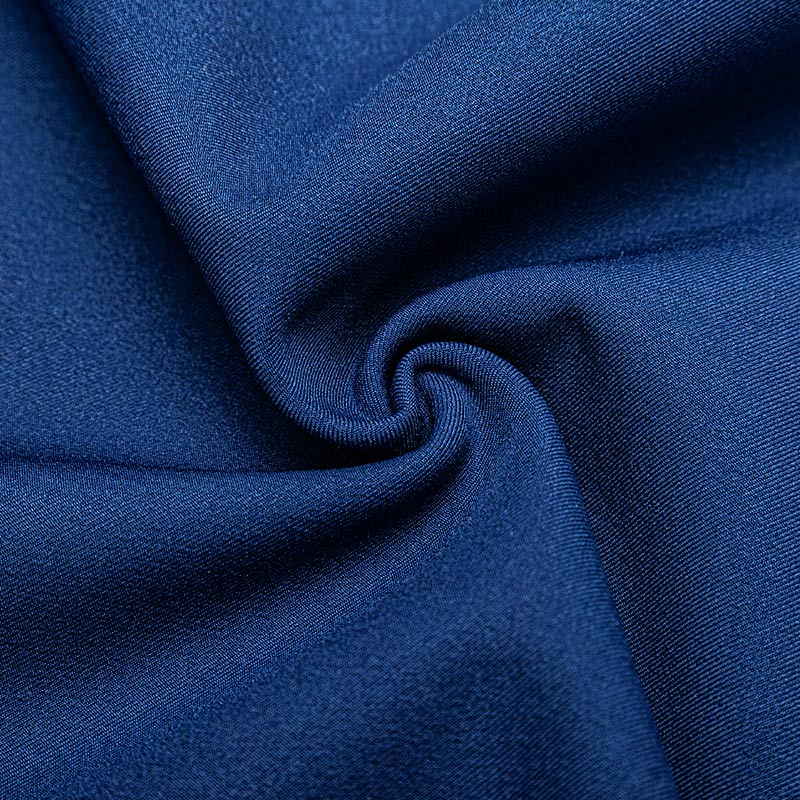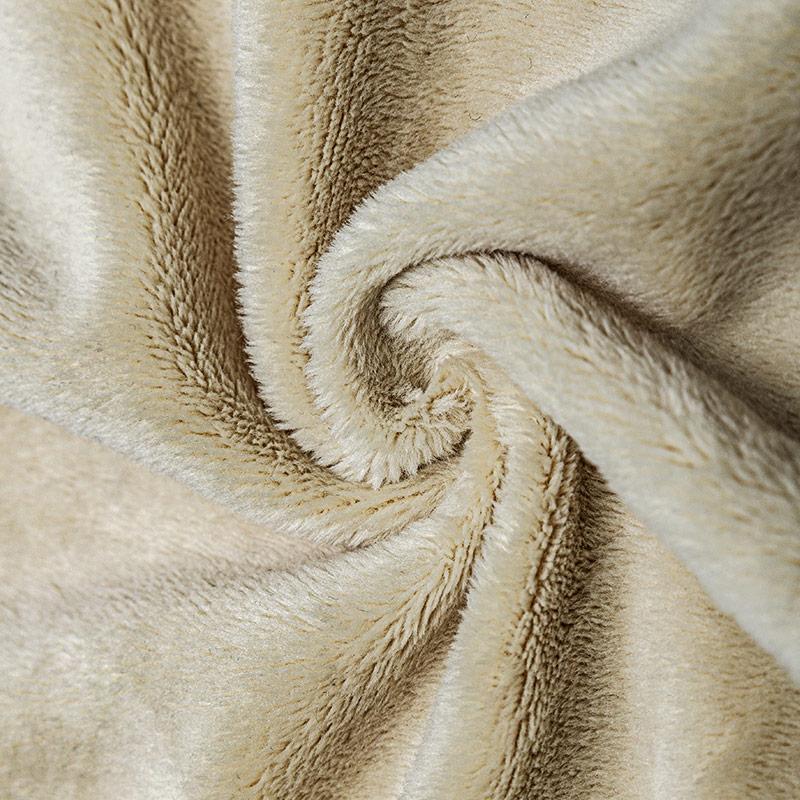This is an elegant
100% poly jacquard with a deep wine color. It’s the perfect fabric to create a beautiful evening dress, a stunning scarf, or even a cozy blanket. This fabric is durable and easy to care for with being machine washable. It’s also available in a wide range of other colors, so you can find the perfect one to match your wardrobe or home decor.
The loom process for jacquard fabrics is labor intensive and requires a high skill level from the weaver, but the result is an intricate pattern that stands out from other woven materials. If you love the look of these luxurious fabrics, you may want to try weaving your own using this durable, affordable, and beautiful material.
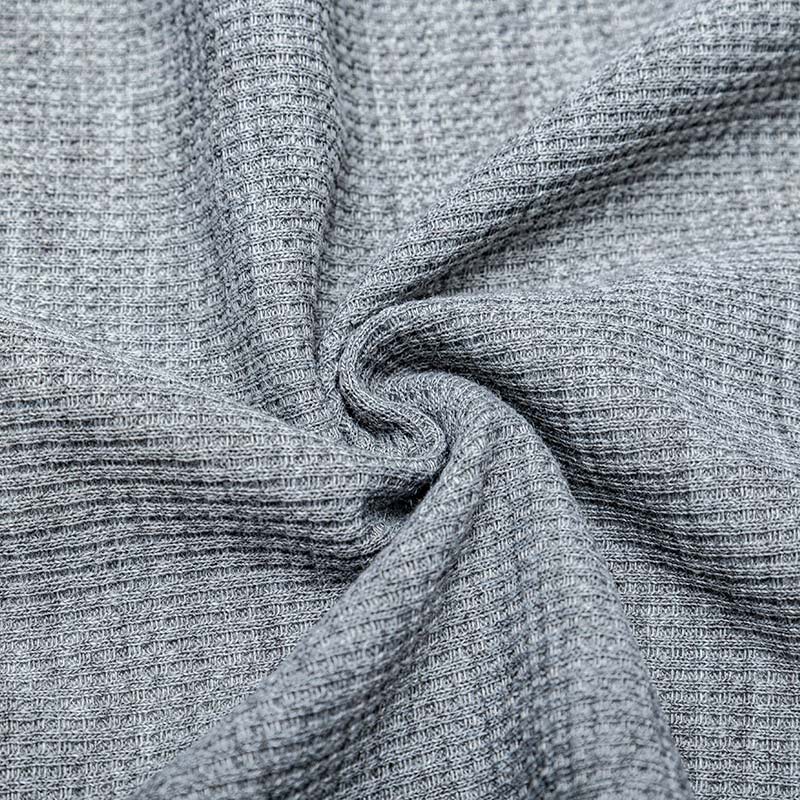
There are many different types of woven fabrics, including cotton, wool, and synthetic fibers. Some, such as silk and wool, are sourced from animals; others, such as cotton, can be made from recycled synthetic fibers or from organically grown cotton. The environmental impact of a jacquard depends on the type of fiber and the sourcing methods. Some fabrics, such as those made from merino wool, may qualify for Eco-label certification.
Woven jacquards are unique in that the pattern is incorporated into the structure of the fabric, rather than printed or dyed on top of it. The woven structure of these fabrics is created by interlacing longitudinal threads, called warp threads, with lateral threads, known as weft threads, in a sequence of mirrored diagonals that form stripes or squares.
A woven fabric’s texture, weight, and appearance can be further enhanced with the use of different yarns, such as different types of silk or a blend of natural and synthetic fibers. The choice of yarns used in a weaved fabric can also have an effect on the price and performance characteristics, as well as how the finished garment is worn.
In addition to being strong and durable, polyester jacquard is also environmentally friendly. Its production uses less energy and water than other woven textiles. Additionally, many of the dyes used in the production of polyester are derived from plant-based sources.

